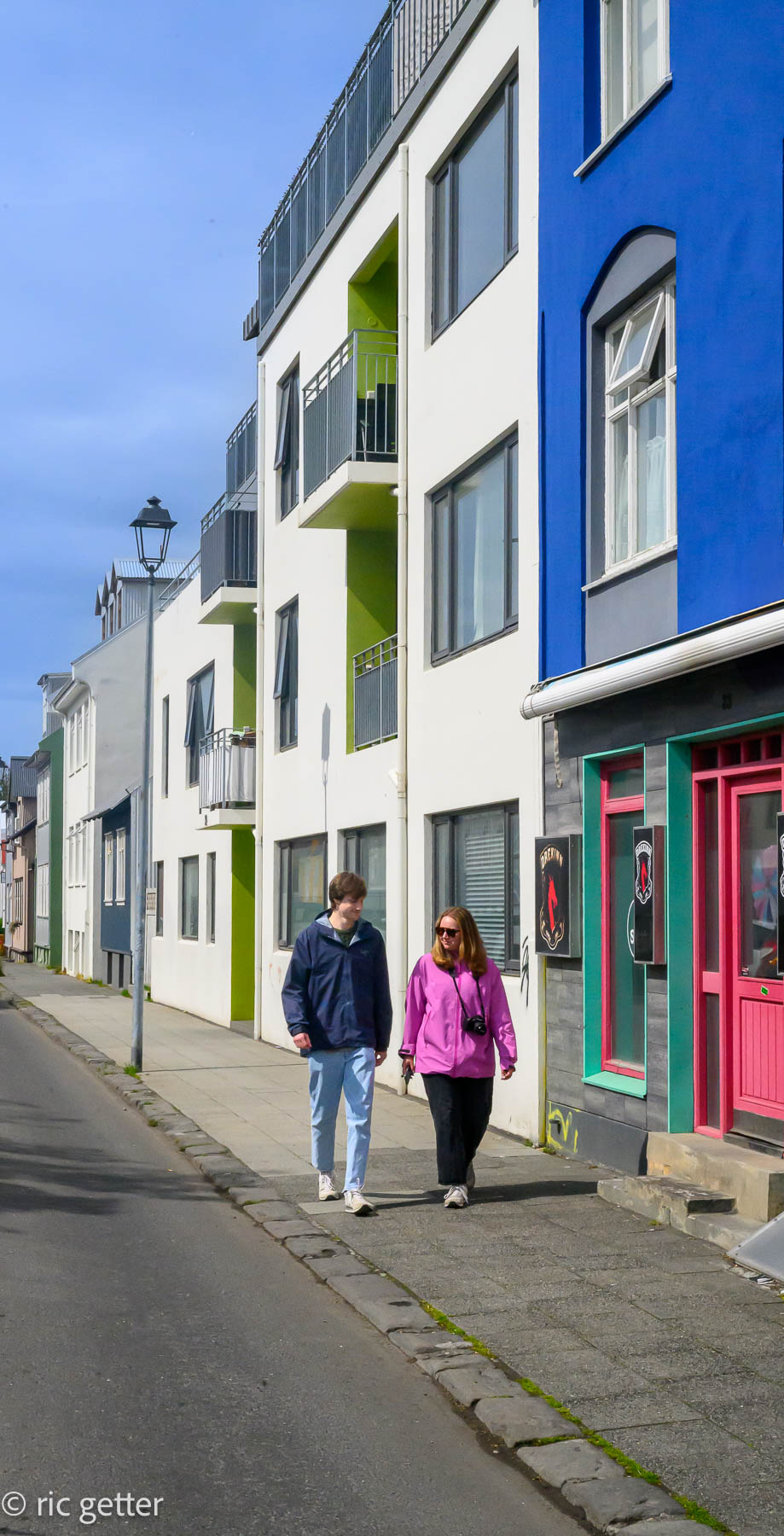
Walking in the center of Reykjavik is wonderful. Driving, for the record, is not. The map apps on my phone led us through all sorts of alleyways and paths where no cars could go. Nearly all the streets are one way, and some unexpectedly dead-end onto pedestrian plazas that may have once been streets but now are wide walkways.
The narrow, one-way streets create very convoluted routes to get from one point to another. Walking can be a lot faster and the bus routes aren’t that hard to figure out. On the streets where there were cars, there just weren’t all that many. If you’re planning to go, note that most of the inner-city hotels don’t have parking and parking is expensive. For free, overnight parking, you’ll need to drive out to a residential district.
“Old” Doesn’t Mean Dreary
The city center also has a very quaint feel to it, thanks to the desire to preserve as many of the original local buildings as they can. Our hotel was rebuilt in the eighteenth century after the original burned down. Inside, it is modern and efficient, but the frame and exterior doesn’t look very much different than the original, and neither do most of the other homes, hotels, and hostels in the area.
“Old” in Reykjavik, doesn’t mean dreary. The houses are a Pantone library of brilliant colors. Even on gray, rainy days, the streets can look cheery. It is also a muralist’s paradise. They do beautiful work while not taking themselves too seriously. They all, in some way, have a link to something nearby. Fish-themed murals around the harbor were easy. But I stopped in at a small photo gallery storefront and discovered that the flying cat on the side of the building was taken from a fabulous shot of the photographer’s cat, caught mid-air in a dramatic leap down from its favorite perch.
Walking through the downtown area can be like touring an art museum. Many of the buildings have been dressed in colorful and ingenious murals. You never quite know what to expect when you turn a corner.
Seeing Rainbows and Asparagus
Brillant colors aren’t reserved for the buildings. The Rainbow Street section of Skólavalöroustïgur is the city’s main venue for celebrations and whatnot.
The street leads to the huge landmark Hallgríms Church, the highest building in the highest part of the city. The church took 40 years to build, almost as long as a typical Portland freeway interchange. (Just kidding.) The project was begun in 1945, much of it funded by local individual contributions. Apparently, it’s semi-modern design is a bit controversial. I overheard a tour guide saying that peoples sometimes refer to it as the “asparagus stalk”. For a contribution of about $7, you can ride an elevator up to the bell tower for a spectacular view of the city. Keep in mind that you’re not much more than arm’s length from the huge bells that can he heard throughout Reykjavik and ring every thirty minutes.
Local Retail
Tourism seems to drive a good deal of the central downtown economy. Iceland is known for its wool and distinctively patterned sweaters and knitwear and there are loads of shops selling locally handmade goods. The country has two national clothing brands, Icewear and the rather pricy 66º North with an entire line backed by a lifetime guarantee. What’s notable is that they mean the company’s lifetime. They’ll repair anything sold since the company’s founding in 1926. That could explain why that lightweight shell rain jacket I liked had a $615 USD price tag. (No, I didn’t buy it.)
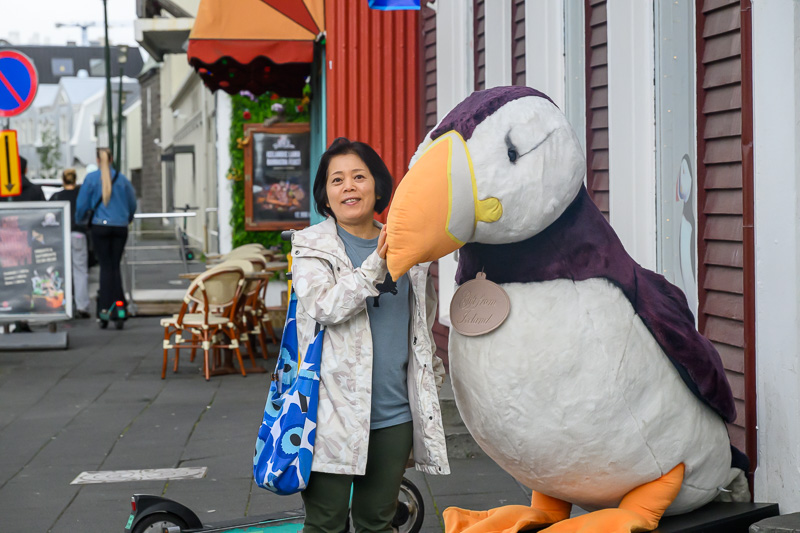
Harbor-side
One of my favorite places near the city center is Reykjavik Harbor (or Reykja Harbor Harbor, if you’ve been paying attention), a mixture of the fishing fleets, dry docks, whaling tours, Icelandic Coast Guard and Danish Navy vessels. The patrol vessel HDMS Lauge Koch was in port during our visit. Iceland’s only armed force is its Coast Guard.
The harbor is also the point of departure for the numerous whaling tours. Unlike those here on the U.S. West Coast, these aren’t depending on intercepting a pod or two as they migrate up or down the coastline at certain times of the year. A variety of species spend their summer months hanging out in the waters off Reykjavik for the same reason the fishing fleet does: lots and lots of good food. Plus, it’s a nice neighborhood to raise the calves.
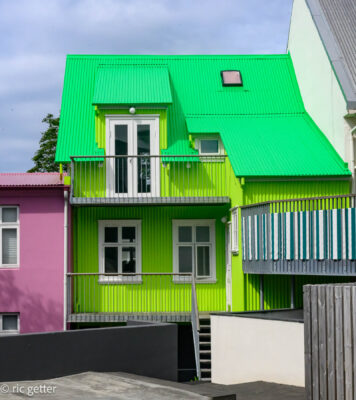
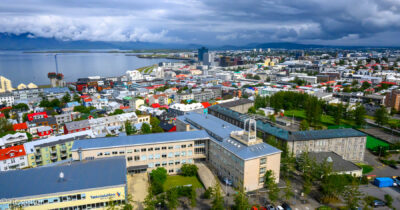
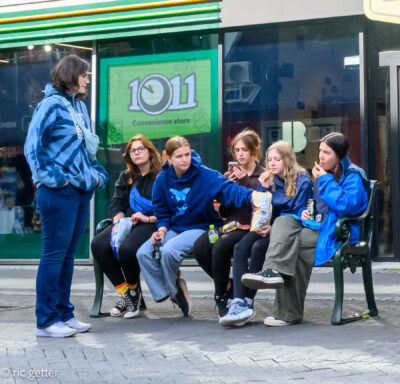
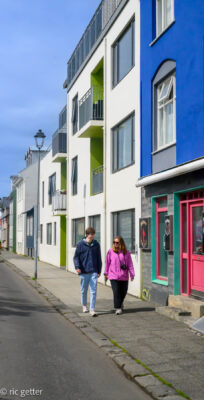
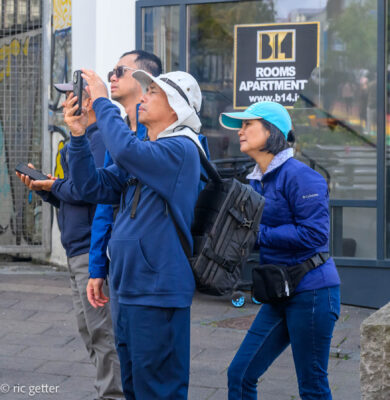

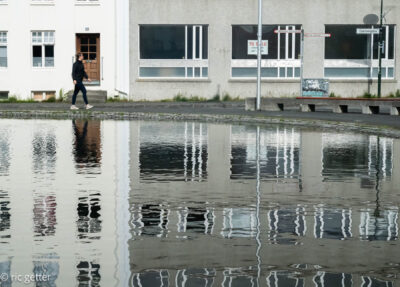
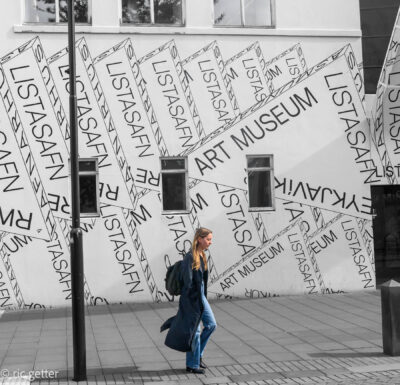
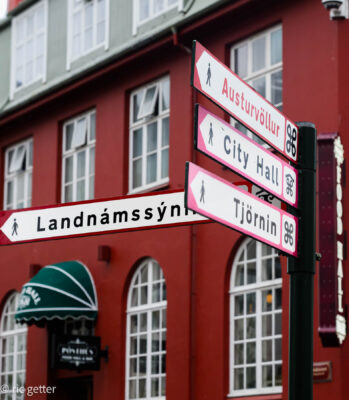
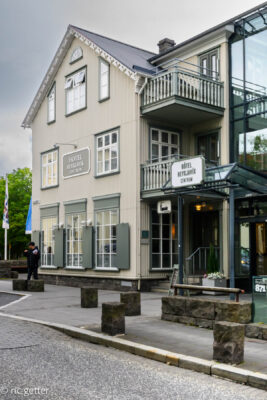
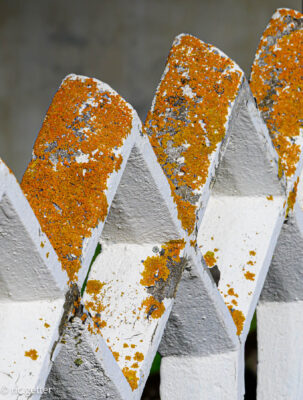
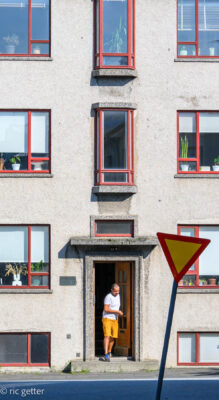
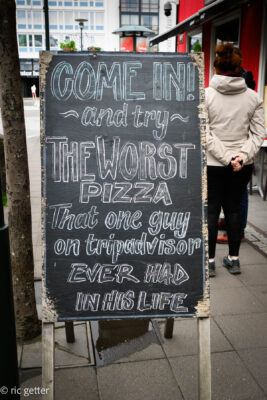
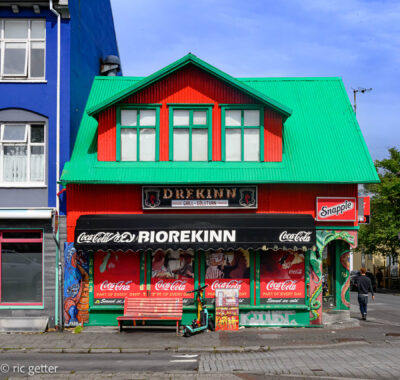
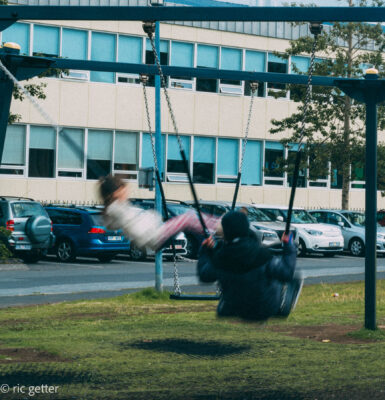
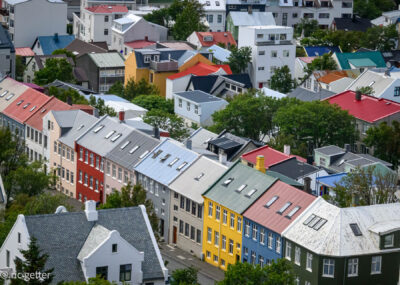
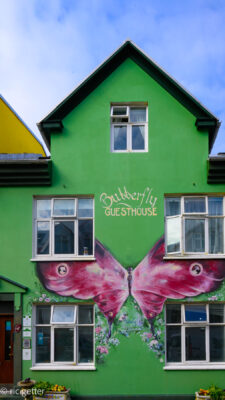
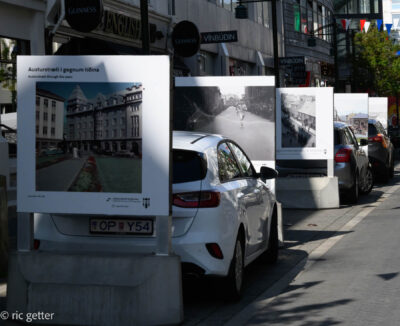
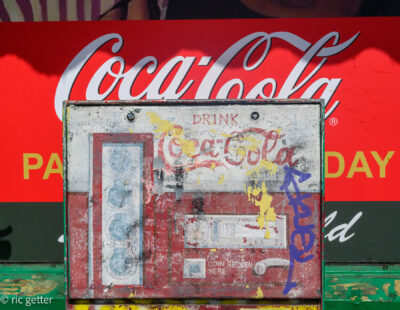
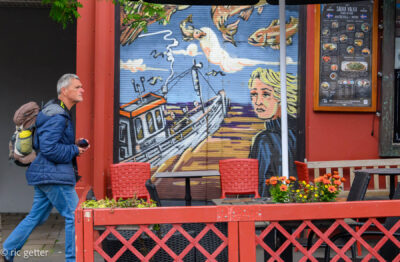
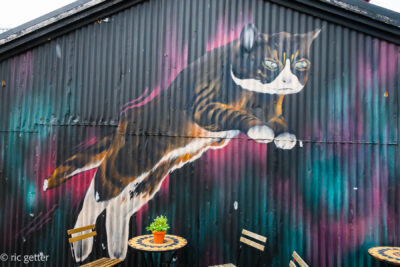
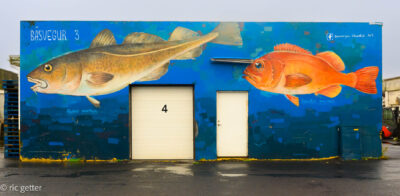
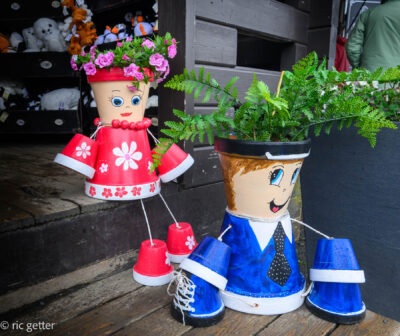
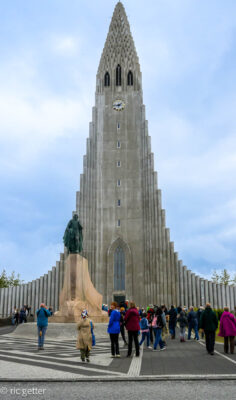
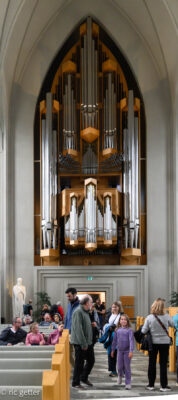
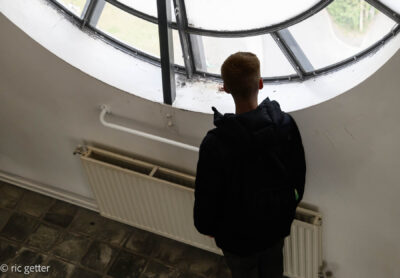
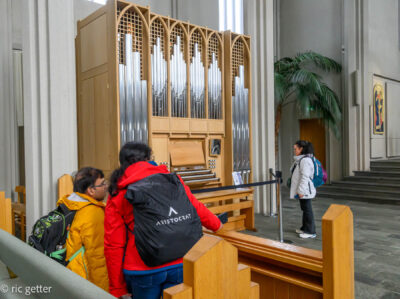
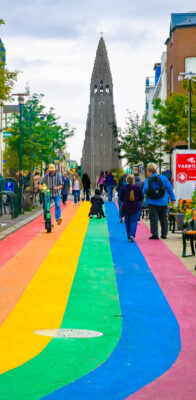
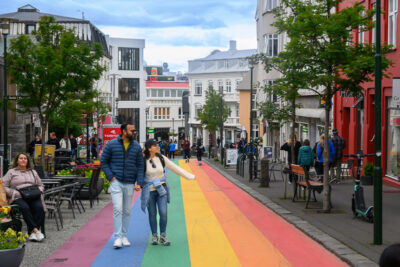
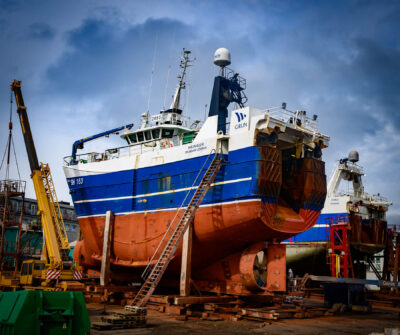
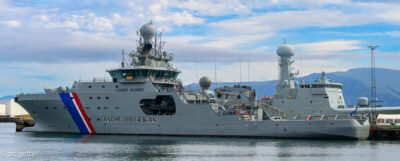
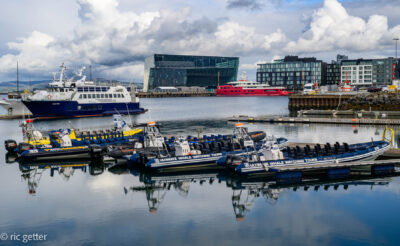
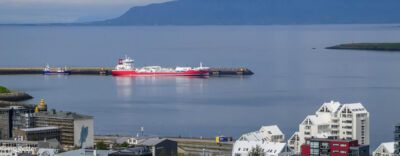
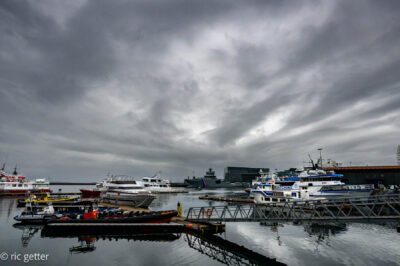

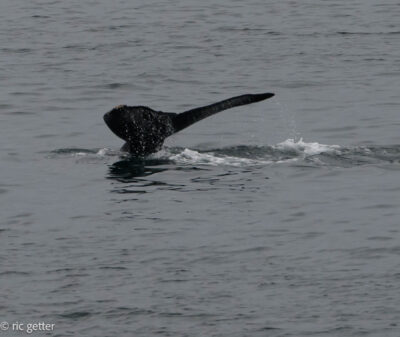
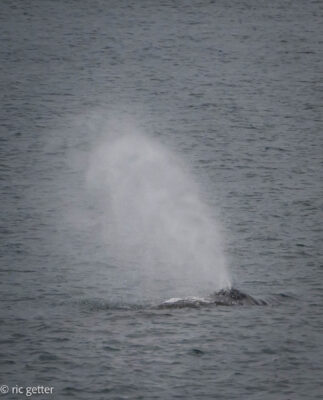
Leave a Reply